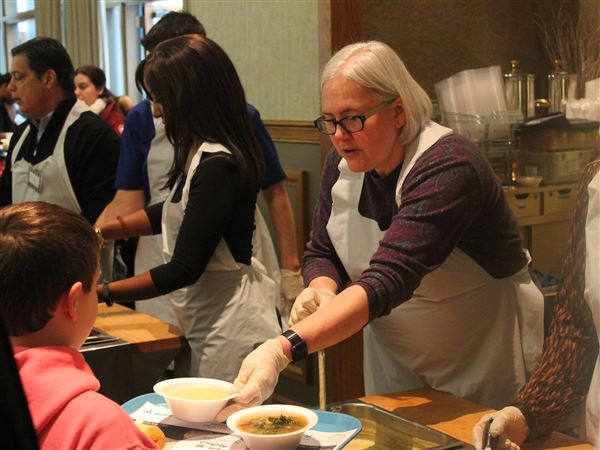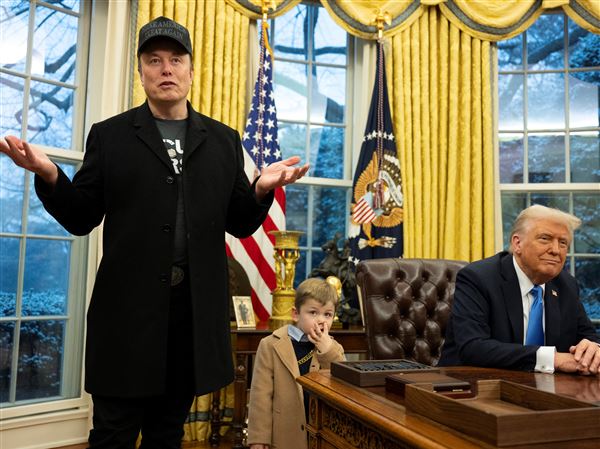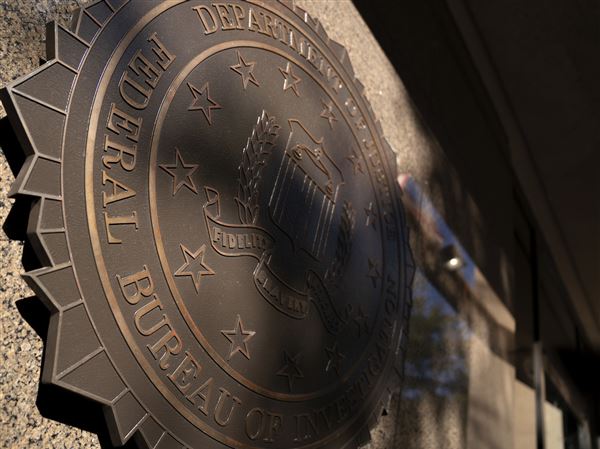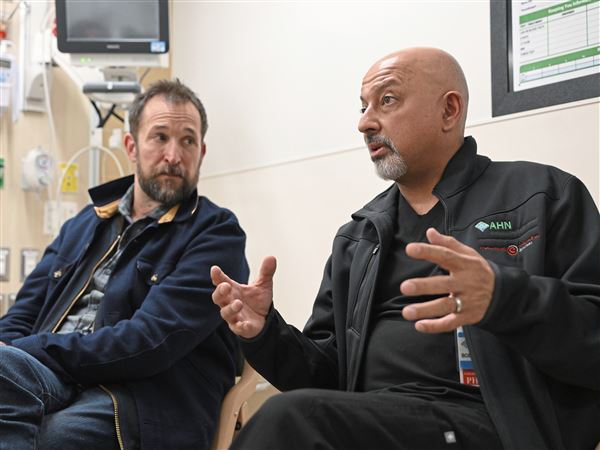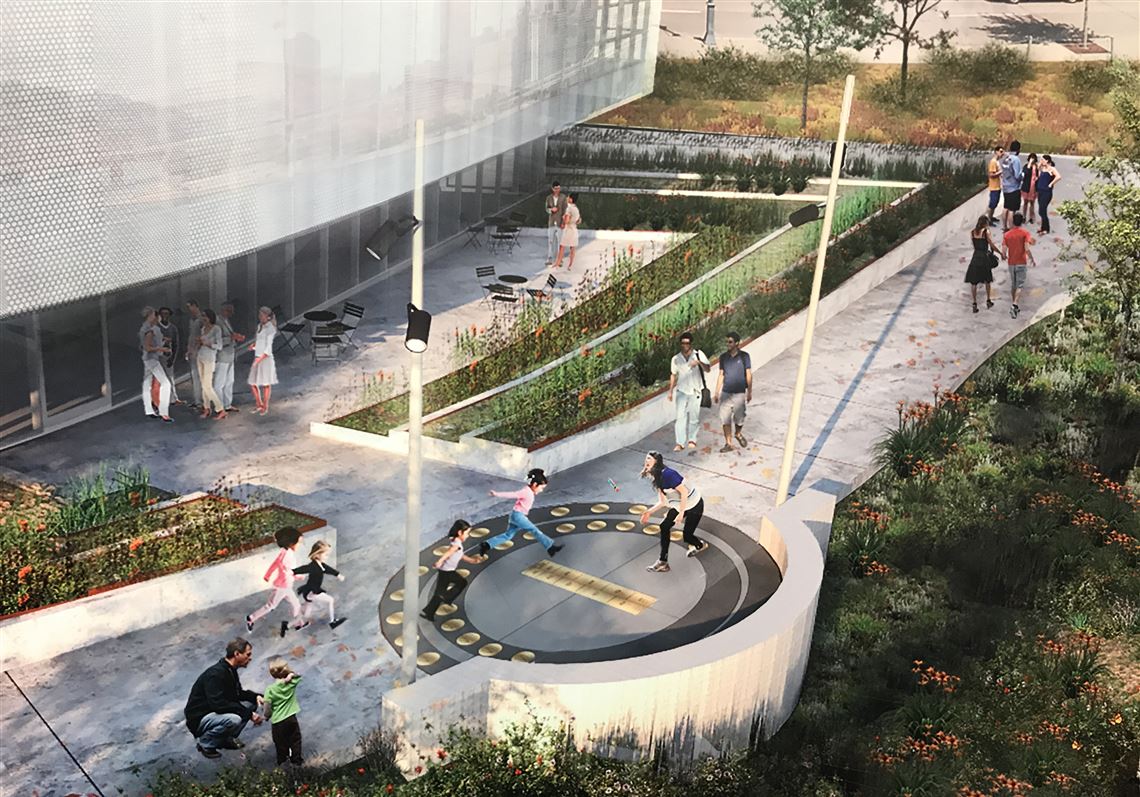“Whatever I engage in,” Andrew Carnegie observed in a December 1868 memo to himself, “I must push inordinately.” His reflection 150 years ago is good advice today for the board of the Carnegie Museums of Pittsburgh as it seeks the organization’s fourth president in seven years.
With so much riding on the selection, the board must push inordinately to make the right choice.
The museums flow from and build upon the controversial industrialist’s philanthropy. He opened the first part of the Oakland campus in 1895. Today, the portfolio comprises the Carnegie Museum of Natural History, Carnegie Museum of Art and Carnegie Music Hall, all in Oakland; the Carnegie Science Center, Highmark SportsWorks and The Andy Warhol Museum, all on the North Shore; and the Powdermill Nature Reserve in Westmoreland County.
The museums’ collective budget totals $55 million, and the institutions employ about 1,100, meaning they have a significant economic impact on the city. But their larger importance revolves around the stories the museums tell and the education they provide about Pittsburgh, the nation and the world. From dinosaurs to Degas and from planets to pop art, the museums represent the breadth of humankind’s knowledge. By showcasing the thrill of discovery, they connect the past and the future.
The museums are Carnegie’s tangible legacy, and much of Pittsburgh’s cultural identity is tied up in them. They are part of the city’s infrastructure. Stable management, healthy finances and forward-thinking programming are keys to their long-term sustainability.
The most recent president, Jo Ellen Parker, a former college president, joined the museums in 2014 and left Feb. 2, with four months left on her contract. Bill DeWalt, who oversaw the natural history museum from 2001 to 2007, has expressed concern about inadequate fundraising and a $346 million endowment that should be in the $500 million range instead. Other important positions — including those of art museum director and fine arts curator — are vacant or soon will be. Attendance is up, however, a sign that Pittsburghers appreciate the museums’ enduring relevance.
Transitions in executive leadership are an opportunity to take stock of an organization, reassess priorities, tie up loose ends and set a course for the future. The board should think long and hard about the type of person it wants in a new president and the skill set most needed. It should interview museum visitors, researchers, employees and former officials, such as Mr. DeWalt, for their insights. The job, like that of university president, is becoming ever more complicated because of financial and market pressures.
While there is much national competition for top museum talent, the Carnegie brand and Pittsburgh’s growing reputation are strong drawing cards. The city has put a lot into its bid for luring Amazon’s second headquarters here. The same ardor must go into finding the next dynamic leader of the Carnegie Museums, which have countless more stories to tell and minds to inspire.
First Published: April 11, 2018, 4:00 a.m.
